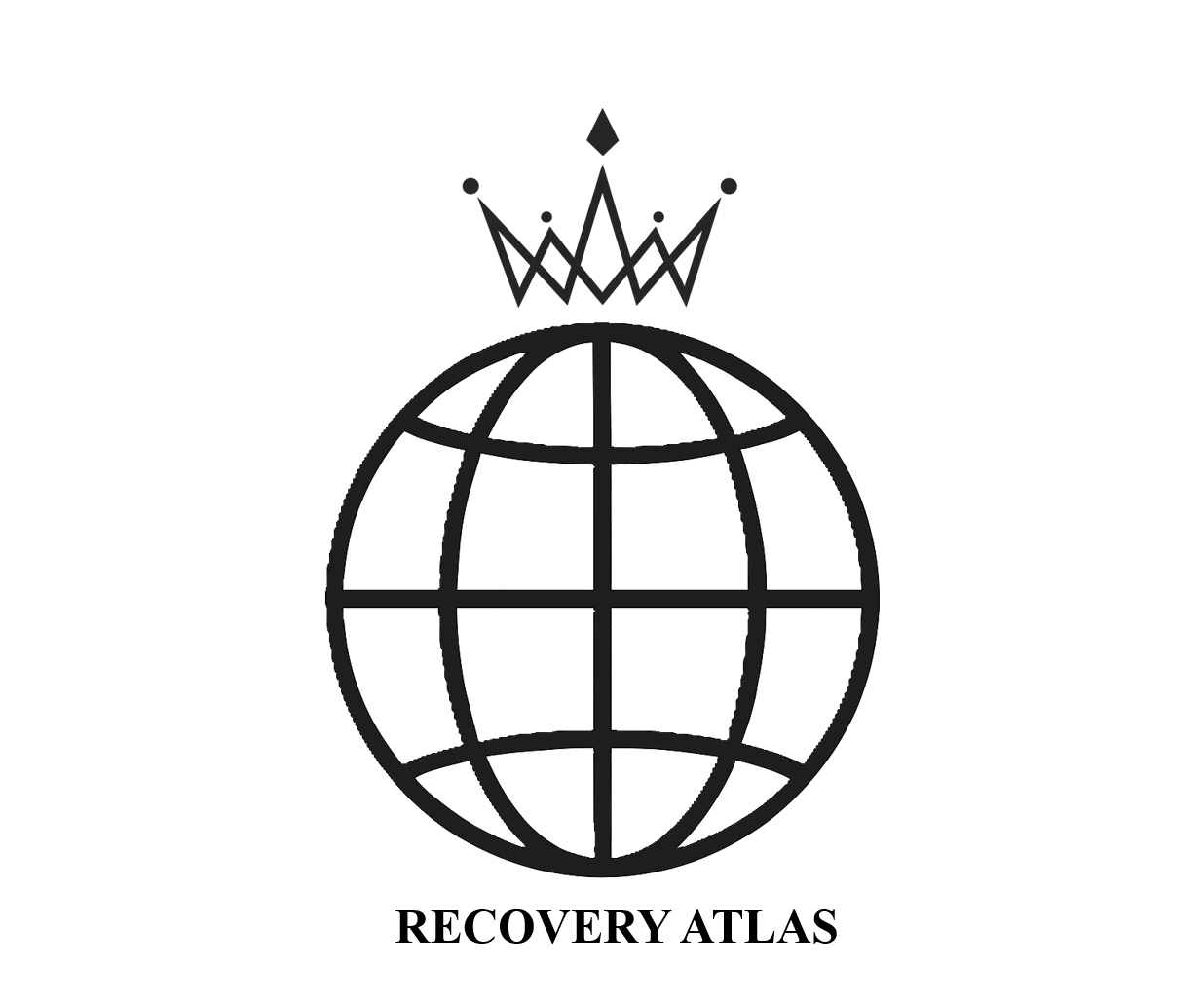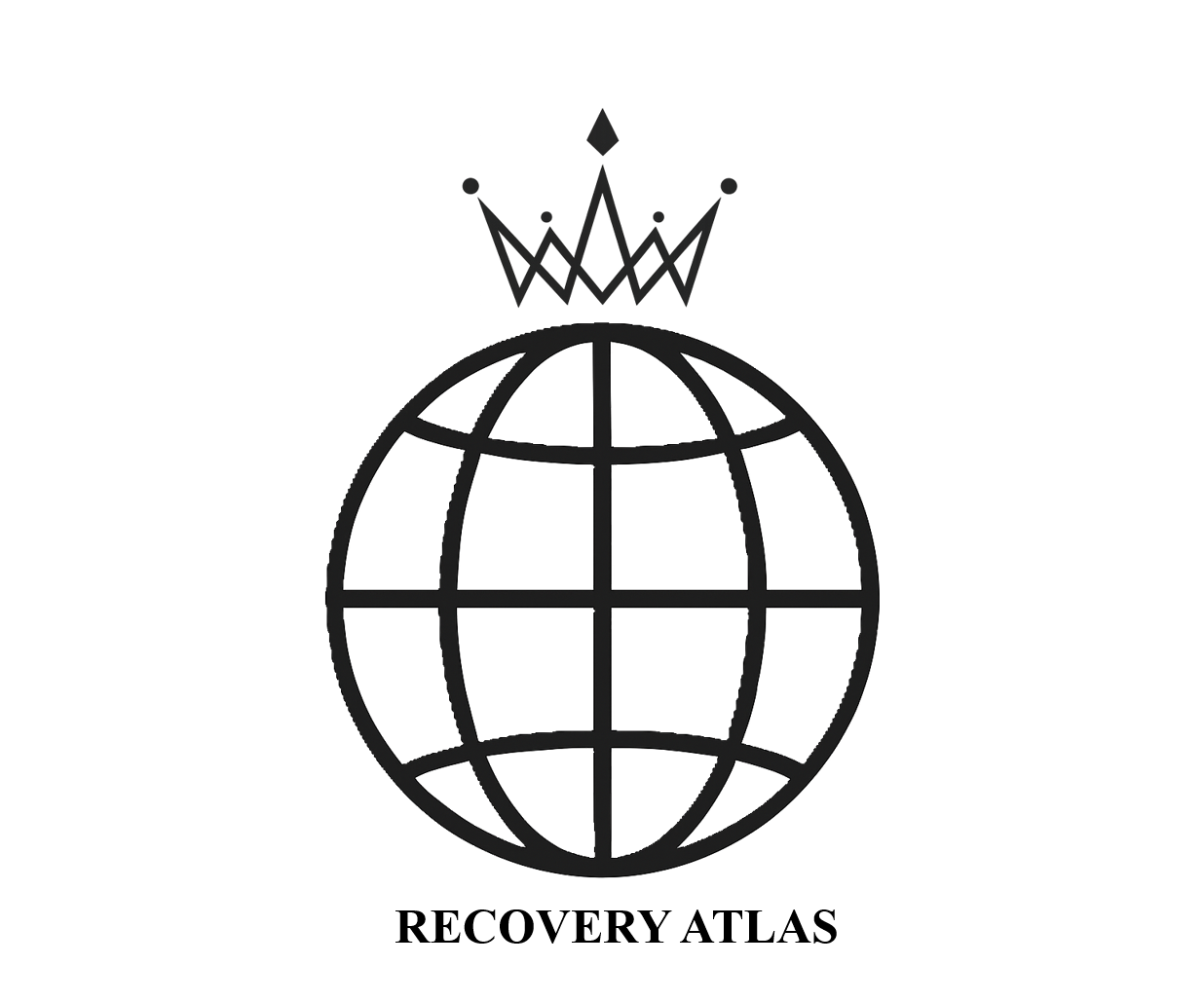About
Recovery Atlas
From Pathways to Recovery → Recovery Atlas
Why Recovery Atlas?
An atlas is more than a map. It is a collection of routes, perspectives, and ways of seeing the world.
Recovery Atlas is an atlas of blueprints for living, drawn from lived experience, culture, and community.
It maps recovery cultures worldwide, showing the many ways people find healing.
It provides an antidote to broken systems, offering evidence from communities themselves.
It charts new futures, rooted in care, creativity, and justice.
Our Mission
We believe recovery is not just about individuals. It is cultural, collective, and generative — transforming families, communities, and societies.
Recovery Atlas, in partnership with New Central Media, exists to:
Elevate lived experience as expertise
Decolonising knowledge — ensuring recovery is defined by those who live it
Document and share what works in recovery across cultures
Connect communities internationally, creating solidarity and exchange
Challenge dysfunctional structures, offering new models of care and belonging
How the Atlas Works
Recovery Atlas maps recovery knowledge and practices across the world, making it easy to explore by country or by theme. Browse country pages to see local recovery pathways and evidence of what works. Or explore by theme to see how patterns in pathways vary by context and location.
Recovery Atlas is designed to be a living resource—built by contributors, for communities, and constantly growing with each new submission.
Be Part of the Atlas
Recovery Atlas grows with every contribution. You can:
Share your blueprint — Partner with us to help the Atlas reach new spaces and communities.
Spread the word — Let others know about this resource and help it grow.
Support the project — Our work is entirely voluntary. Donations help us expand our reach and speed up progress to deliver more training and process more submissions.
Recovery Atlas is mapping global blueprints for living, and charting new pathways to justice, healing, and hope.
The project began life in England as ‘Pathways to Recovery’ — co-led by Prof. David Best, Dr David Patton and Mulka Nisic. A grassroots project where recovery communities were trained in photoevoice research methods, became the researchers and documented ‘what works in addiction recovery’. Each Photovoice submission is a local evidence base of drug recovery.
What started as a local initiative has since grown into a global movement, with communities in Europe, the US, and beyond contributing their insights. To reflect this shift, we’ve changed our name to Recovery Atlas.


